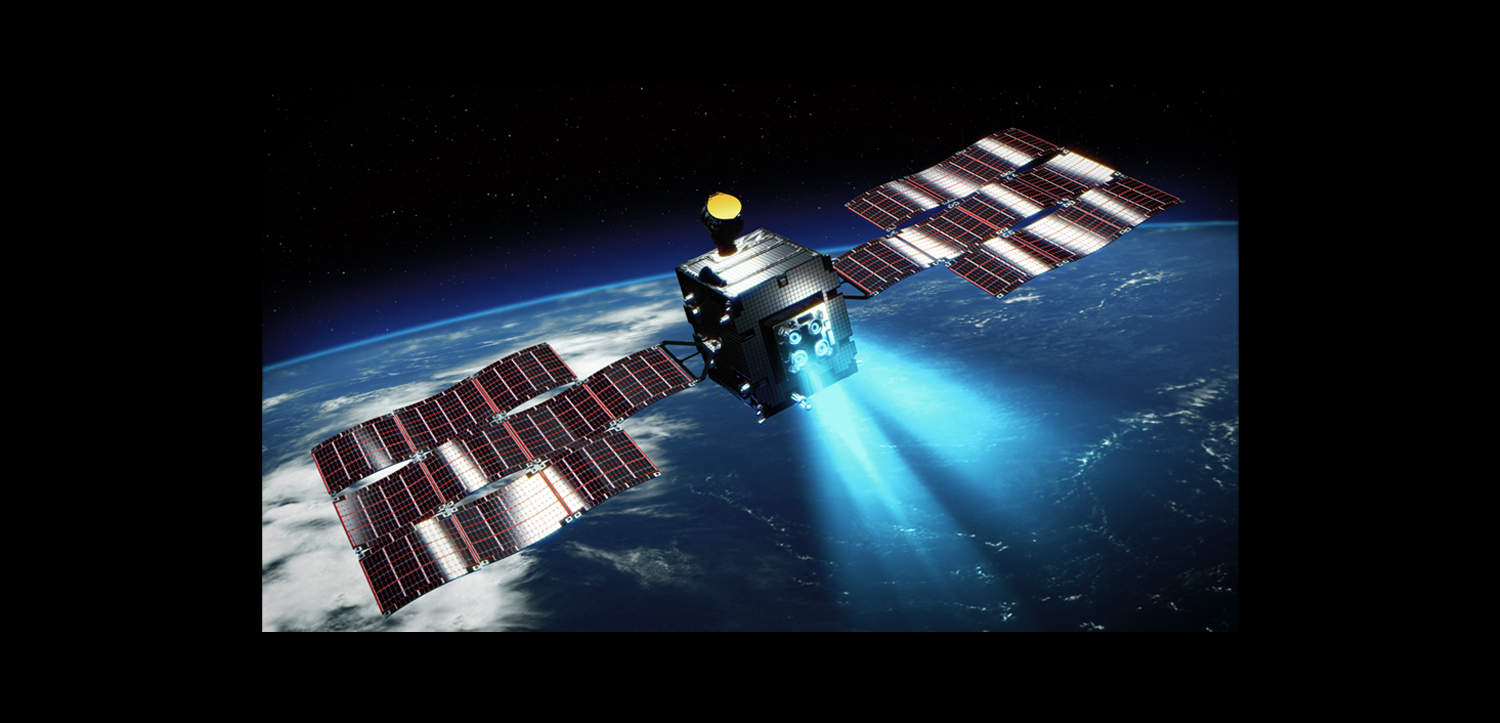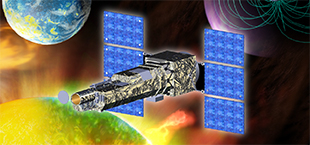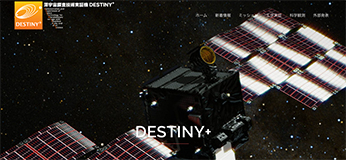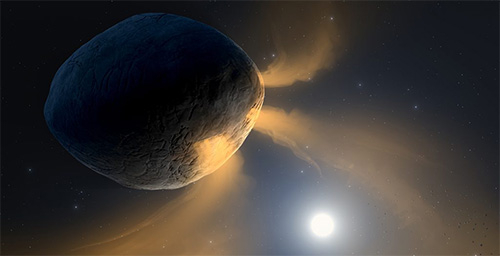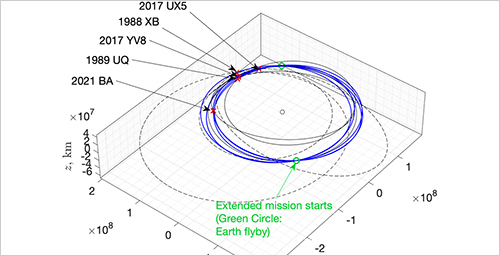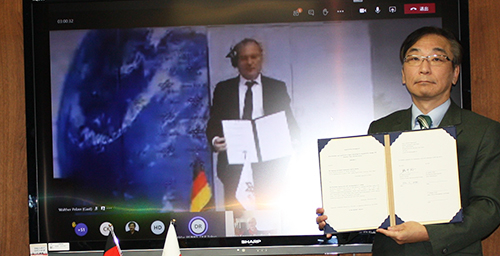DESTINY⁺ (Demonstration and Experiment of Space Technology for INterplanetary voYage with Phaethon fLyby and dUst Science) will be launched into an interplanetary trajectory by an H3 rocket, as a rideshare with ESA's RAMSES spacecraft. After launch, it will change its orbit using its ion engines. As a rehearsal for the Phaethon flyby, it will first perform a flyby of Apophis, the target for its rideshare partner, RAMSES. Following that, it will conduct its primary mission: a flyby of asteroid (3200) Phaethon, the parent body of the Geminids. The spacecraft is equipped with an enhanced version of the proven μ10 ion engines. To enable operation even under direct sunlight, it uses a loop heat pipe for efficient heat rejection. It will also demonstrate a new thermal control device, the Reversible Thermal Panel (RTP). Furthermore, to supply the high power required to operate four μ10 ion engines simultaneously, the mission will be the first to conduct a full-scale demonstration of lightweight solar array paddles, which boast the world's highest power-to-mass ratio.
In-situ analysis of interplanetary and interstellar dust using the dust analyzer, developed under the leadership of the University of Stuttgart and supported by DLR (Deutsches Zentrum für Luft- und Raumfahrt), will be carried out during the interplanetary space till reaching the target asteroid Phaethon, as well as during the flyby of the asteroid. It will investigate the composition, mass, velocity, and direction of arrival of the dusts from Phaethon. Phaethon's flyby survey will be conducted at speeds over 36 km/s with two cameras that will image the surface. The acquisition of this flyby technology is expected to dramatically increase the number of celestial objects that can be explored.
Spacecraft specifications
| Name | Demonstration and Experiment of Space Technology for INterplanetary voYage with Phaethon fLyby and dUst Science (DESTINY⁺) |
|---|---|
| Rationale and purpose of the development | Engineering: ・Expanding the applications of electric propulsion ・In-orbit demonstration of thin-film lightweight solar array paddles ・Acquiring high-speed flyby exploration technology Science: ・In-situ analysis of dust, which is considered to be a source of organic matter of the Earth ・Uncovering the mysteries of active asteroid Phaethon, the parent body of the Geminids meteor shower |
| Launch vehicle | H3 Launch Vehicle, 24S configuration, as a rideshare with RAMSES |
| Mass | Approx. 500 kg (planned) |
| Type of orbit | Interplanetary trajectory |
| Key mission instruments | ・DESTINY⁺ Dust Analyzer (DDA) ・Telescopic CAmera for Phaethon (TCAP) ・Multiband CAmera for Phaethon (MCAP) ・μ10 ion engine (IES) ・Thin-film lightweight solar array paddle (SAP) ・Loop Heat Pipe (LHP) ・Reversible Thermal Panel (RTP) |

